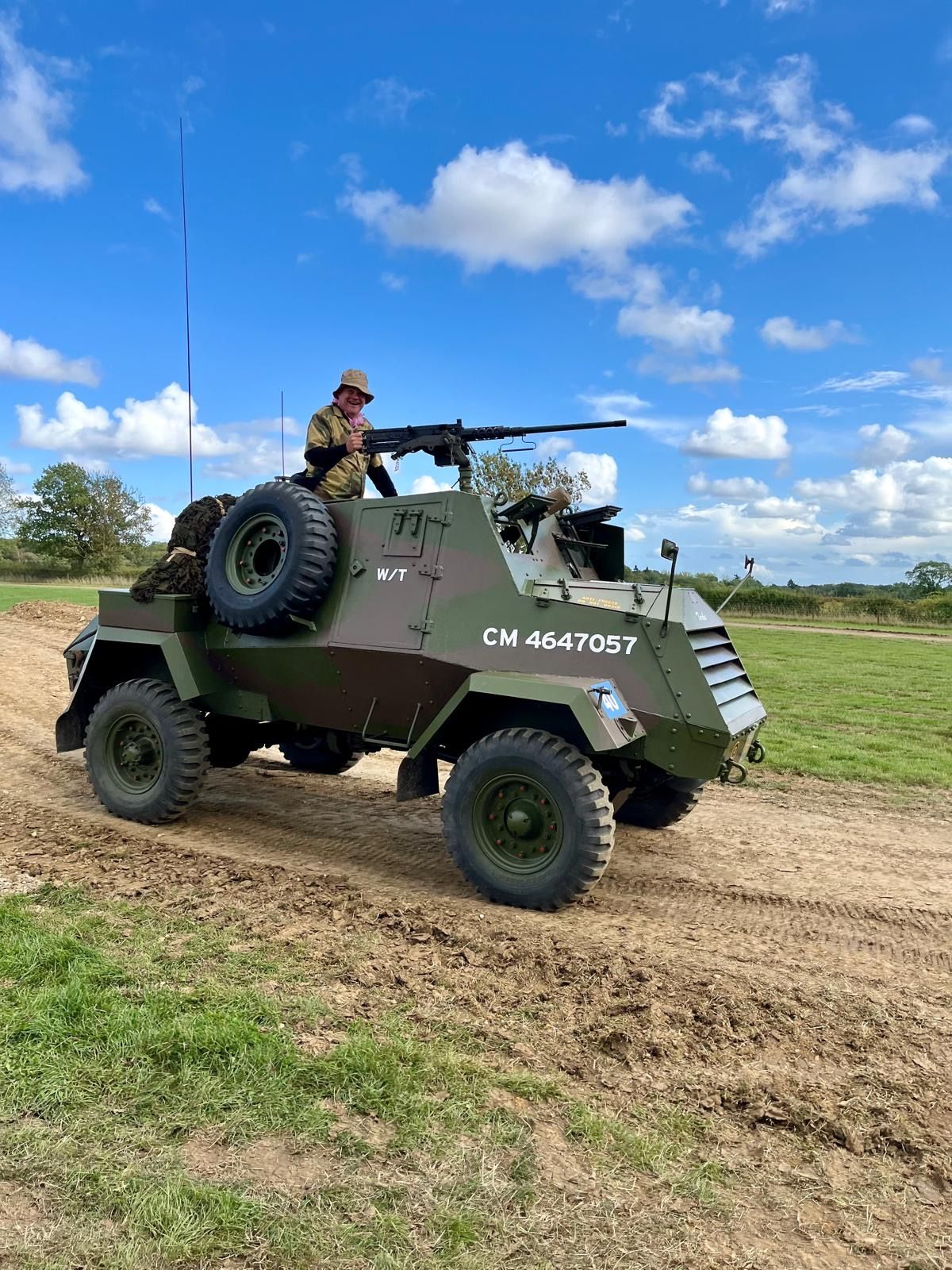Otter Light Armoured Car

The Otter Light Reconnaissance Car, commonly known as the Otter armoured car, was a Canadian-built vehicle developed during the Second World War as a pragmatic stop-gap solution to meet Allied reconnaissance needs. Introduced in 1942, the Otter was based on the Chevrolet C15 Canadian Military Pattern (CMP) truck chassis, and powered by the GMC 270 cubic inch inline-six petrol engine, delivering approximately 100 horsepower.
Its armoured body was fabricated by the Hamilton Bridge Company, a Canadian firm repurposed for wartime production. The Otter featured sloped armour plating—12 mm at the front and 8 mm on the sides—offering modest protection while maintaining off-road mobility. Armament typically included a Bren light machine gun mounted in a small turret and a Boys anti-tank rifle operated from the co-driver’s position.
Only 1,761 units were produced between 1942 and 1945, making it a relatively rare vehicle in the Allied inventory. Despite its limited numbers, the Otter saw active service with the Canadian Army, British Army, and notably the RAF Regiment, which deployed it in armoured car squadrons for airfield defence and reconnaissance duties.
Operational theatres included Sicily, Italy, Normandy, and the Low Countries, where the Otter’s reliability and adaptability were valued despite its relatively low speed and heavier weight compared to its British counterpart, the Humber LRC. Post-war, surplus Otters were exported to countries such as Jordan, where they continued to serve in regional conflicts
)
)
)
)
)

)
)